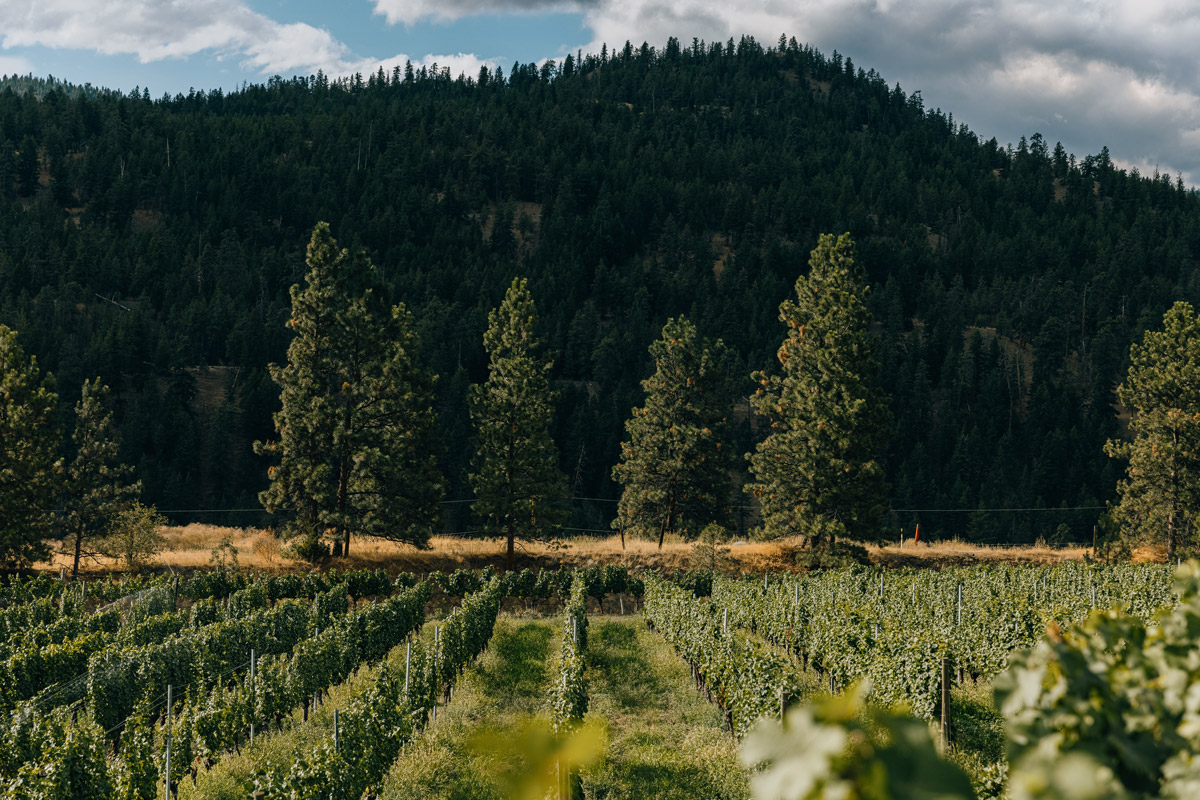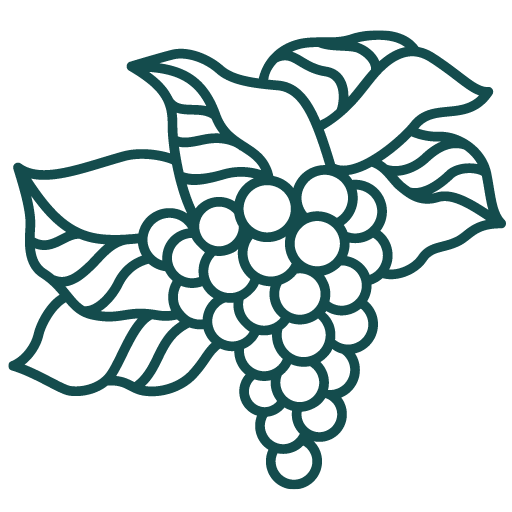
Wine Culture Magazine

In a hopeful sign, vines are rebounding in B.C. wine country. Photo courtesy of Wines of British Columbia.
April was B.C. Wine Month, so it is a little bittersweet to note that this is also the month when the first B.C. wines made with Washington, Oregon, California or Ontario grapes his the shelves.
Then again, “bittersweet” neatly sums up both the last few challenging years and where British Columbia’s wine industry is now.
We are all aware of the impact of the pandemic, the 2021 heat dome, fires and smoke, the late 2022 freeze that reduced the 2023 vintage by nearly half, the 2023 fire that sent tourists home months early and the January freeze that devastated the 2024 harvest. At the same time, costs are up; consumption is down. And now there are the tariff threats from across the border, and widespread uncertainty everywhere.
Certainly, it’s not the optimistic scenario of a decade ago. But it’s also not as bleak as some would have you believe.
In fact, if you ask Jeff Guignard, the incoming CEO of Wine Growers BC, this is a “once-in-a-generation opportunity” to rebuild the industry. “I wouldn’t have taken this on if I wasn’t optimistic,” he says. “Within every crisis, there’s an opportunity.”
Here’s a quick snapshot of the B.C. wine industry right now.
First of all, let’s clear up two major misapprehensions.
While there was close to total crop failure in the interior in 2024, B.C. did not lose 99 per cent or even 75 per cent of its vines, as had been widely speculated earlier in the year. In fact, according to the BC Wine Grape Council, the percentage of vine loss is somewhere between 14 and 18 per cent, mostly in the south. It’s still not great news, but it’s not as dire as it could have been.
And yes, there is still plenty of B.C. wine to enjoy. Because of a shortened tourist season in 2023 and a very slow one in 2024, lots of wineries still have stock. Plus the 2022 reds are just being released, and they are beautifully balanced, fresh and elegant wines.
At the same time, shifting focus away from the Okanagan has given smaller regions, especially Vancouver Island’s Cowichan Valley, a chance to be noticed just when consumers are craving their style of fresh, cool-climate wines.
But what about those Washington-grown wines? It’s complicated —and it isn’t.
What are known in B.C. as land-based wineries (that is, wineries that produce wine from their own grapes, as opposed to commercial wineries, which can use grapes from anywhere) were given one-time permission by the provincial government to use imported grapes in their 2024 vintage.
Not every winery has chosen to do so; the ones that have are protecting jobs, keeping their doors open and ensuring they have product for what everyone hopes will be a busy tourist season. They are forging relationships across the border and discovering new terroirs and tastes. They are also producing some stellar wines.
They include some of B.C.’s most illustrious wineries, whose principals are well aware of the need to protect the province’s reputation as a high-quality, terroir-driven wine producer. There has been much discussion about the need for transparency in labelling, and these rare wines will be clearly labelled.
For those who are passionate about buying Canadian, these are Canadian wines that support Canadian businesses.
At the same time, other wineries, especially those whose identities are firmly tied to their own vineyards, have chosen instead to stretch out existing stock and ride out the storm. Among them are Haywire and the other brands under the Okanagan Crush Pad umbrella, as well as Phantom Creek Estates and Blue Mountain Vineyard and Cellars.
However they’ve chosen to manage this challenging time, all of these wineries deserve our support.
Discouraging as all these setbacks have been, they have given the industry the incentive and the opportunity to reinvent itself.
Those who grow grapes are looking at ways to protect their wines from heat and cold, through geotextiles, “hilling up” (creating mounds of soil around the vines) or even burying those vines in winter.
As some wineries replant their vineyards, they are also rethinking what varieties to select, debating whether to avoid sensitive ones like Syrah or plant them anyway with the belief that the quality they produce outweighs the risks they present. Others are considering climate-hardy hybrids, which have been a no-go for most since the great pullout of the 1980s.
And pretty well everyone is reconsidering the structure of the industry, the rules and regulations, the governing bodies and how they help—or don’t. (For more thoughts on industry reinvention, please read this column.)
Meanwhile, this summer is a great time to get out on the road, visit your favourite wineries, discover some new ones and taste all the delicious promise that B.C. wine country has to offer, no matter what challenges the future holds.

Poplar Grove Cascadia Series Pinot Gris 2024
(Grown in Washington, made in B.C., $22)
Juicy pear, peach, apricot and citrus.

Lake Breeze Albariño 2024
(Grown in Washington, made in B.C., $29)
Citrus, green apple, stone fruit, subtle minerality.

Clos du Soleil Washington Series Sauvignon Blanc 2024
(Grown in Washington, made in B.C., $26)
Creamy but crisp, grapefruit, honeysuckle, tropical fruit, lime leaf.

Vitis is is an indispensable seasonal guide for vintners, sommeliers and weekend imbibers alike that is dedicated to British Columbia’s rapidly evolving wine culture.

Vitis is is an indispensable seasonal guide for vintners, sommeliers and weekend imbibers alike that is dedicated to British Columbia’s rapidly evolving wine culture.
Copyright © 2025 - All Rights Reserved Vitis Magazine